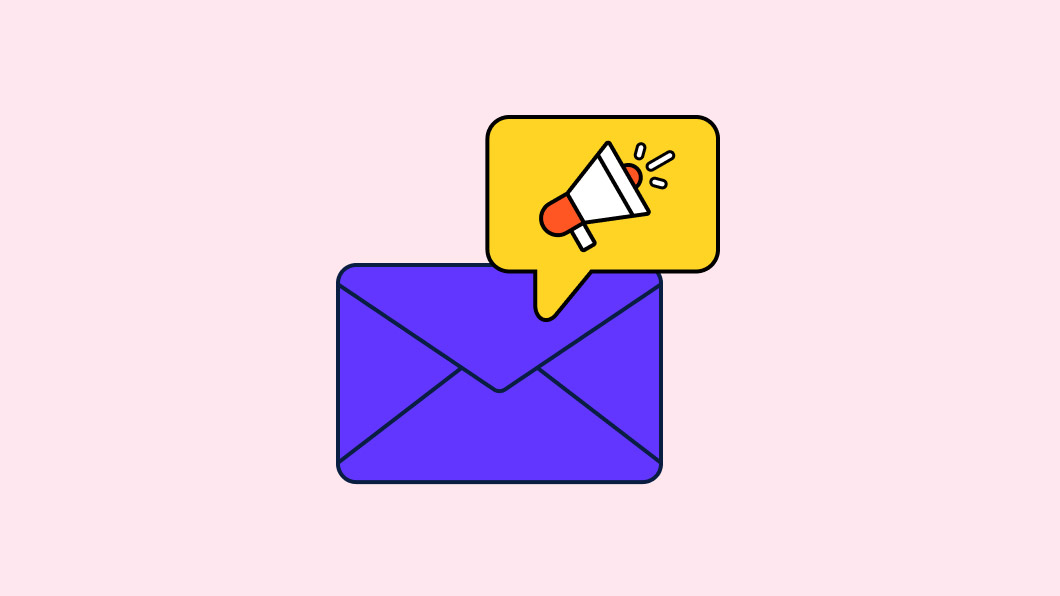Email Marketing: Avoiding the Spam Folder and Crafting Engaging Content

Email marketing is a powerful tool for businesses to promote their products and services. However, in order to be effective, it's crucial that your emails don't end up in the dreaded spam folder. Spam, also known as junk mail, not only detracts from the recipient's experience but also damages your brand's reputation. In this article, we will explore methods to help you create engaging email content while avoiding the pitfalls of being marked as spam.
1. Gain User Consent (Permission Marketing)
The path to successful email marketing begins with gaining explicit consent from your users. This is the essence of "permission marketing," where users willingly opt to receive your emails. To achieve this, you can set up subscription forms on your website, encouraging visitors to subscribe to your mailing list. This is a fundamental trust-building mechanism, as users know what type of information they will receive and how frequently.
Imagine you're a company selling prints of breathtaking natural landscapes. You can entice users on your website with the message, "Subscribe to our newsletter, and we'll send you a stunning nature photograph every week, bringing you closer to the great outdoors!" This not only offers a clear value proposition but also appeals to potential customers interested in nature and photography.
2. Use a Genuine Sender Address (From Address)
Next, ensure that you're using a real email address when sending emails. Use your company's domain for sending emails rather than anonymous or free email addresses. This not only helps build trust but also allows users to easily reply to your emails. Consider the scenario where users see an email from "newsletter@yourcompany.com." They are more likely to engage because this is a credible source.
3. Create High-Quality Email Content
High-quality email content is key to engaging users. The content should be relevant to the users' interests and avoid the use of spammy language and content. Suppose you're a food delivery company. You can create an email with the subject line, "This Week's Special Menu: Delicious Home-cooked Meals Delivered to Your Doorstep." The email can showcase images of your dishes, detailed recipes, and links for ordering. This content is both appealing and provides tangible value.

4. Choose a Legitimate Email Service Provider
Selecting a legitimate email service provider is essential to ensuring your emails aren't marked as spam. Different service providers have varying spam policies and regulations, so it's crucial to understand and comply with them. Legitimate service providers assist you in managing your email lists, provide detailed statistics, and ensure successful email delivery.
5. Regularly Clean Your Email List
Regularly cleaning your email list is vital. Removing invalid or expired email addresses helps improve your sending reputation and delivery rate. Think about it: if your emails keep going to invalid email addresses, you're not only wasting your resources but also lowering your chances of successful email delivery.
6. Provide an Obvious Unsubscribe Link
Every email should prominently feature an easy-to-access unsubscribe link. This is a key element in building trust because users know they can opt out of receiving your emails at any time without marking them as spam. For example, you can include a "Unsubscribe" button at the bottom of your email. When users click it, they won't receive your emails anymore.
Additionally, here are some specific considerations to ensure your email content is engaging and compelling:
Subject Line
The subject line is a critical factor in determining whether users open your email. Use concise and captivating subject lines, avoiding exaggerated or sensational language. For instance, an outdoor gear retailer could use a subject line like "Discover the Unknown: New Outdoor Adventure Gear is Here!" This subject line not only provides a sense of novelty but also piques the reader's curiosity.
Content
Email content should provide value and relevance to the users' interests while avoiding common spammy language and content. For instance, if you're a video game developer, you can create an email detailing an upcoming game's release, offering game previews, behind-the-scenes insights, and player reviews. This approach generates excitement and anticipation among gamers.
Attachments
It's advisable to minimize the use of attachments, as they can raise security concerns and trigger spam filters. If you must use attachments, ensure they are safe and highly relevant to the email content. For example, a music streaming service could include a PDF user guide in their email to help new users understand how to use their service.
Sending Frequency
Avoid sending emails too frequently, as this may irritate users and lead them to mark your emails as spam. Respect users' privacy and time. If you're a cosmetics brand, you could send a monthly newsletter featuring new products, beauty tips, and promotional information. This frequency is typically sufficient to maintain user interest without causing unnecessary irritation.
In conclusion, email marketing is a potent tool, but it must be used with care. By obtaining user consent, using genuine sender addresses, providing high-quality content, selecting a legitimate email service provider, regularly cleaning your email list, and offering an easily accessible unsubscribe option, you can reduce the risk of your emails being labeled as spam. Email marketing should be a valuable means of communication, not an annoying intrusion.